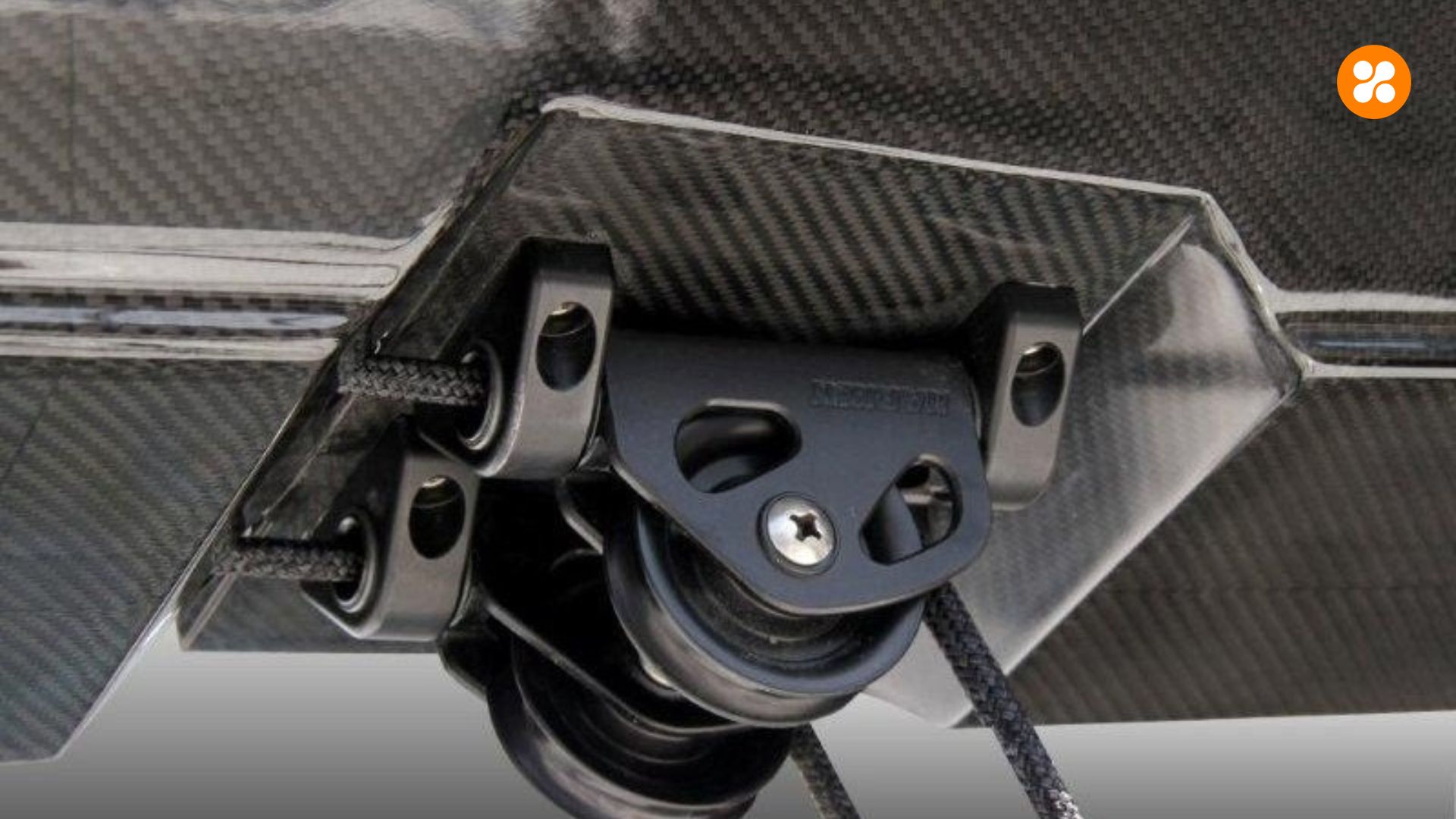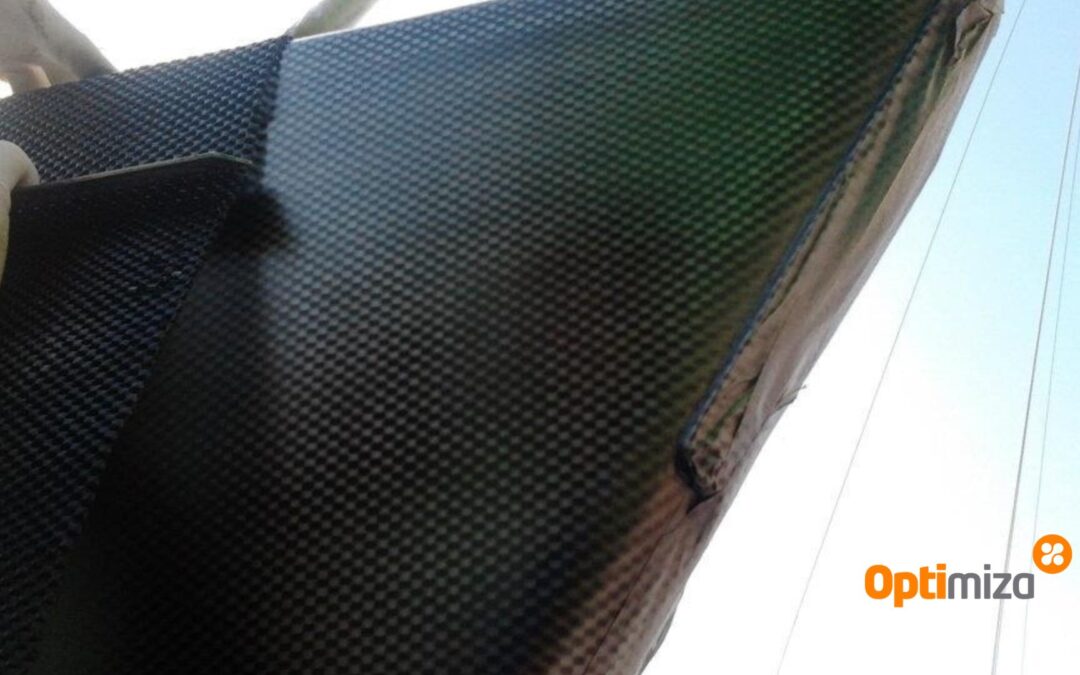When designing and constructing a carbon fiber boat, several typical problems can arise that may lead to premature failure during sailing if not addressed properly. It is crucial to be aware of these potential issues and take preventive measures to ensure the structural integrity and performance of the vessel. Here are some common problems of a carbon fiber boat during the design and new building stages that can result in premature failure while sailing:
Typical Problems of a Carbon Fiber Boat and Preventive Measures
Delamination:
Issue: Delamination occurs when the layers of carbon fiber separate, compromising the structural integrity of the hull or deck.
Preventive Measure: Ensure proper resin infusion and curing processes during construction to achieve strong bonding between layers. Conduct thorough quality control inspections to detect any delamination early.
Impact Damage:
Issue: Carbon fiber boats are susceptible to impact damage from collisions with objects in the water, docks, or other vessels.
Preventive Measure: Reinforce high-impact areas with additional layers of carbon fiber or Kevlar. Implement proper handling and docking procedures to minimize the risk of impact damage.
Water Intrusion:
Issue: Improper sealing or fittings can lead to water intrusion, causing structural weakening, delamination, and corrosion of internal components.
Preventive Measure: Use high-quality sealants and adhesives for fittings and through-hull penetrations. Conduct regular inspections for signs of water ingress and address any leaks promptly.
Fatigue Cracks:
Issue: Continuous stress and cyclic loading can lead to the formation of fatigue cracks in carbon fiber structures over time.
Preventive Measure: Design the boat with proper reinforcement in high-stress areas. Implement regular structural inspections and maintenance to detect and repair fatigue cracks before they propagate.
Galvanic Corrosion:
Issue: Carbon fiber boats with metal components such as stainless steel fittings are susceptible to galvanic corrosion in saltwater environments.
Preventive Measure: Use isolation materials or coatings to prevent direct contact between carbon fiber and metal components. Install sacrificial anodes to protect against galvanic corrosion.
Poor Laminate Quality:
Issue: Inconsistent laminate quality or voids in the carbon fiber layup can weaken the overall structure and reduce the boat’s durability.
Preventive Measure: Work with experienced composite fabricators to ensure high-quality laminate construction. Conduct non-destructive testing to identify any defects or voids in the laminate.
Overloading:
Issue: Exceeding the maximum weight capacity or load limits of the carbon fiber boat can lead to structural stress and premature failure.
Preventive Measure: Adhere to the manufacturer’s recommended weight limits and loading guidelines. Avoid overloading the boat with excessive gear or passengers.
By addressing these typical problems during the design and construction phases of a carbon fiber boat and implementing preventive measures, yacht builders and owners can mitigate the risk of premature failure and ensure the long-term performance and safety of the vessel during sailing.


